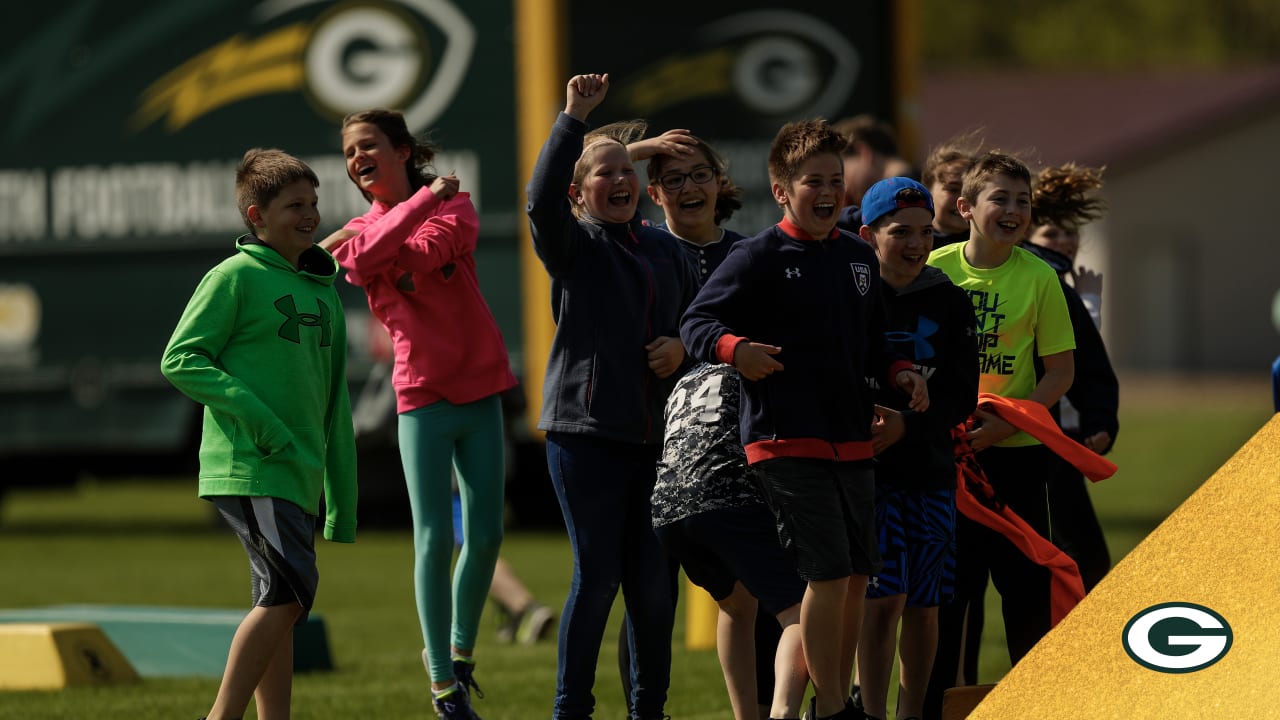Cheesehead
Well-known member
- Mar 19, 2019
- 2,854
- 0

2. Recommendation to prohibit select drills
In the interest of safer play and to remove high-risk drills which have limited transfer to skill development, USA Football recommends youth programs prohibit contact drills that meet the following criteria:
- Only promote or teach contact "down the middle" of an opponent with no intent to offset the contact point.
- Do not allow for players to win with speed or angles, but only through physical contact or collision.
- Game- or Pod-based drills that require no game-specific reaction such as a designated ball insertion point for the offense, a run/pass option or designating a specific gap to control for the defense.
- Any full-contact drills that allow for greater than a 2:1 player-to-player ratio.
This would include player-to-player contact drills such as:
- Board Drill // OL vs. DL In-Line Run Blocking with no variation of run, pass or play going right or left
- Bull in the Ring // King of the Circle
- Oklahoma Drill
- Pods // 3-Spot without a Run/Pass read
3. Recommendation on the Two-Point Stance
For youth football programs playing any version of Non-Contact, Limited Contact and/or Modified Contact games (i.e., Rookie Tackle®), it is recommended that all players initiate movement from the two-point stance.
4. Recommendation at the youth Senior Tackle™ level (traditional full field, full contact) to use the two-point stance for offensive players
For youth tackle football played at the Senior Tackle™ level (traditional full field, full contact), programs are encouraged to instruct and use the two-point stance for players on the offensive side of the line of scrimmage.
5. Recommendation to limit full contact activities on consecutive days
USA Football recommends that practices involving drills or activities considered to be full contact are not allowed on consecutive days. This includes the day following a game or live-action scrimmage. Full contact is defined as any drill or activity in which contact occurs at a competitive speed. Full contact drills and activities are based on the initial player-to-player contact, regardless of whether an athlete goes to ground or not. View USA Football's Levels of Contact here.
6. Recommendation for Maximum Games Per Week (Contact)
No more than one full contact game or live-action scrimmage is recommended per week. In postseason, a minimum of three days should lapse between full contact games.
7. Recommendation for preseason practice contact guidelines
Following the acclimatization period, during the preseason (prior to regular season play), it is recommended that coaches limit the amount of full contact to no more than 75 minutes per week with no more than 30 minutes on any one day. Full contact is defined as any drill or activity in which contact occurs at a competitive speed. Full contact drills and activities are based on the initial player-to-player contact, regardless of whether an athlete goes to ground or not. View USA Football's youth practice guidelines here.
8. Recommendation for regular season practice contact guidelines
Following the preseason period, once regular season competitions begin, it is recommended that coaches limit the amount of full contact to no more than 60 minutes per week with no more than 30 minutes on any one day. Full contact is defined as any drill or activity in which contact occurs at a competitive speed. Full contact drills and activities are based on the initial player-to-player contact, regardless of whether the player goes to the ground or not. View USA Football's youth practice guidelines here.
About USA Football: USA Football designs and delivers premier educational, developmental and competitive programs to advance, unify and grow the sport. As the sport's national governing body, member of the U.S. Olympic & Paralympic Committee and organizer of the U.S. National Team for international competition, USA Football partners with leaders in medicine, child advocacy and athletics to support positive football experiences for youth, high school and other amateur players.
About the American College of Sports Medicine: The American College of Sports Medicine (ACSM) serves as the largest sports medicine and exercise science organization in the world with more than 50,000 international, national and regional members and certified fitness professionals. All are dedicated to advancing and integrating scientific research to provide educational and practical applications of exercise science and sports medicine. Visit www.acsm.org.
About NATA:*National Athletic Trainers' Association* – Health Care for Life & Sport: Athletic trainers are health care professionals who specialize in the prevention, diagnosis, treatment and rehabilitation of injuries and sport-related illnesses. They prevent and treat chronic musculoskeletal injuries from sports, physical and occupational activity, and provide immediate care for acute injuries. Athletic trainers offer a continuum of care that is unparalleled in health care. The National Athletic Trainers' Association represents and supports 45,000 members of the athletic training profession. Visit nata.org for more information.
About the National Youth Sports Health & Safety Institute: The National Youth Sports Health & Safety Institute (NYSHSI) is dedicated to being the recognized leader and advocate for advancing and disseminating the latest research and evidence-based education, recommendations and policy to enhance the experience, development, health and safety of our youth in sports. The NYSHSI encourages a deliberate early introduction of diverse functional movements and activities that are healthy and fun, as a catalyst for developing a critical foundation, capacity and enthusiasm for sustainable physical activity (sports and otherwise) through childhood, adolescence and beyond. NYSHSI further urges all youth sports stakeholders to provide a positive and healthy environment for our kids to enjoy sports – that is, have fun, learn sports skills and the rules of the game, and develop as capable and confident young athletes at any level of athletic success in a way that will help them to be good citizens of the game and community, healthy and fit, and performing well in all domains of life. www.NYSHSI.org
